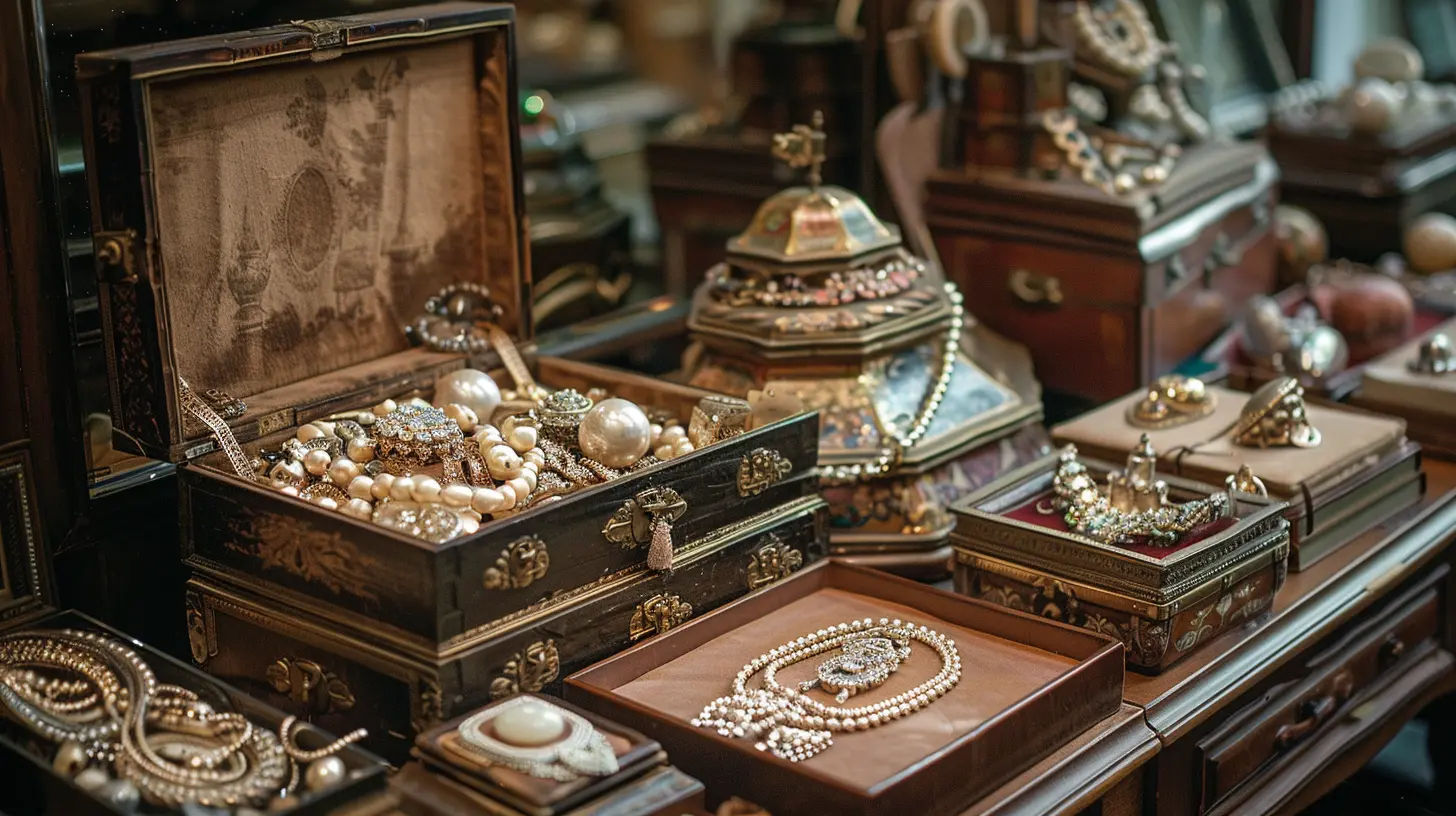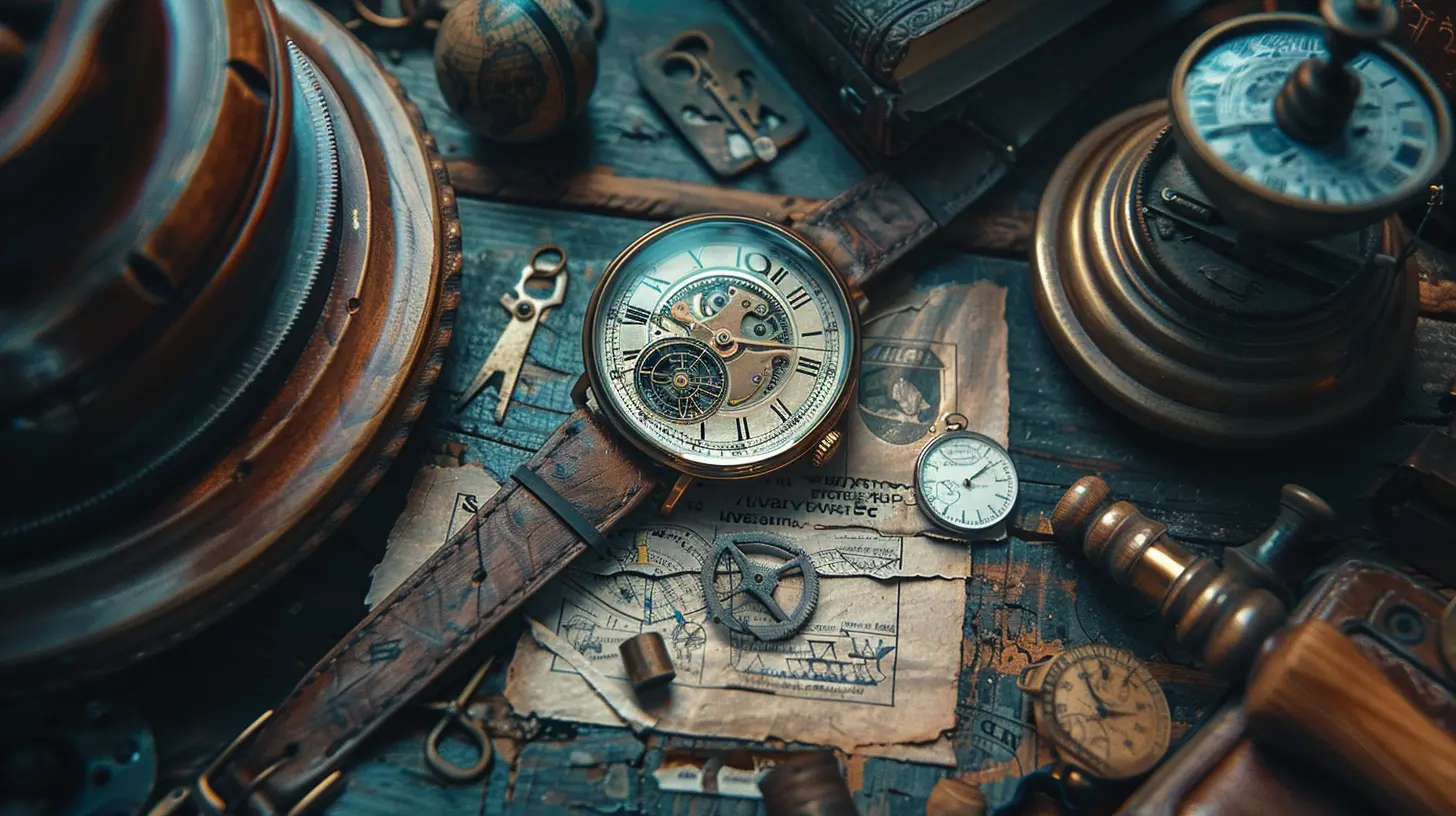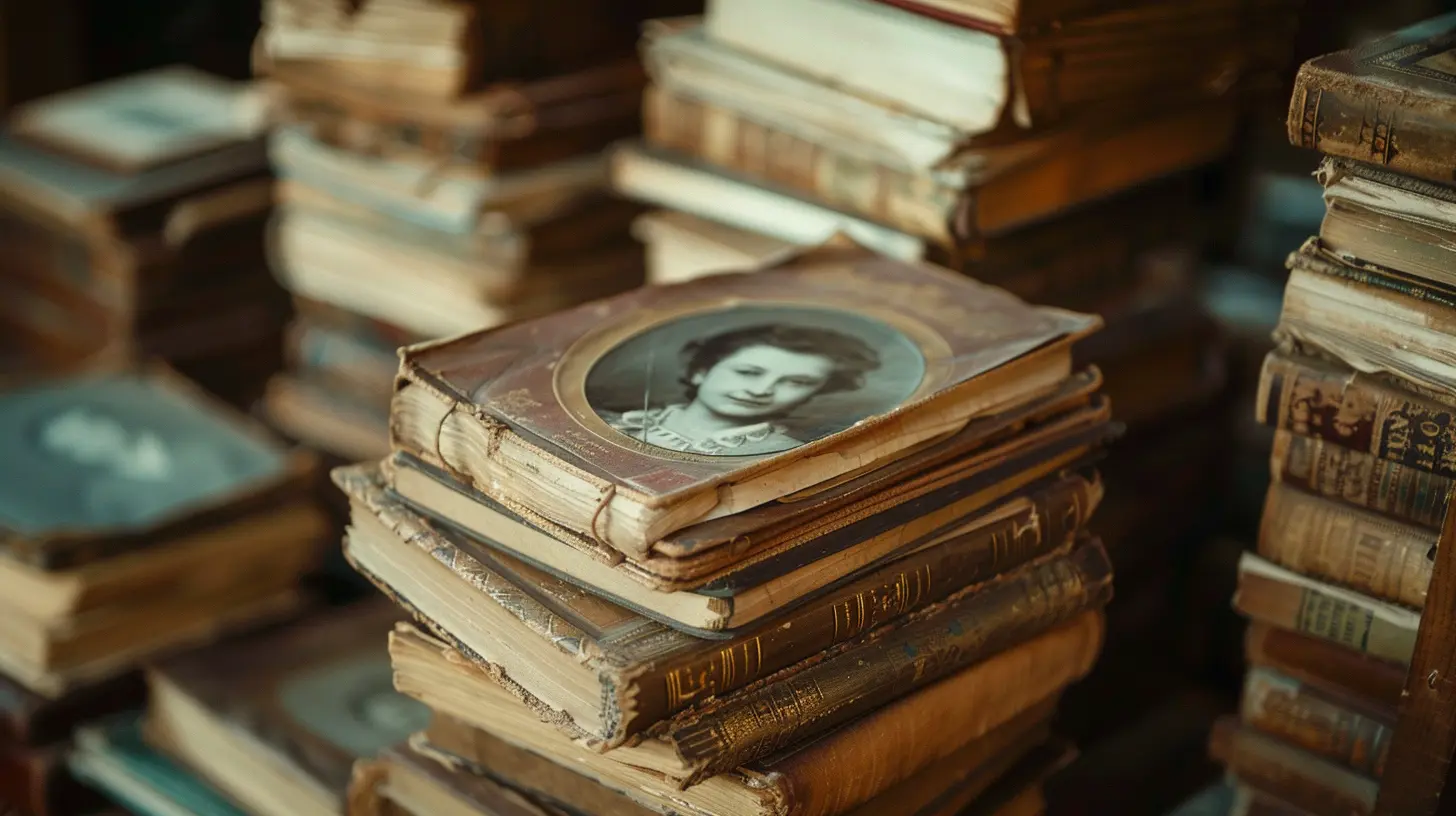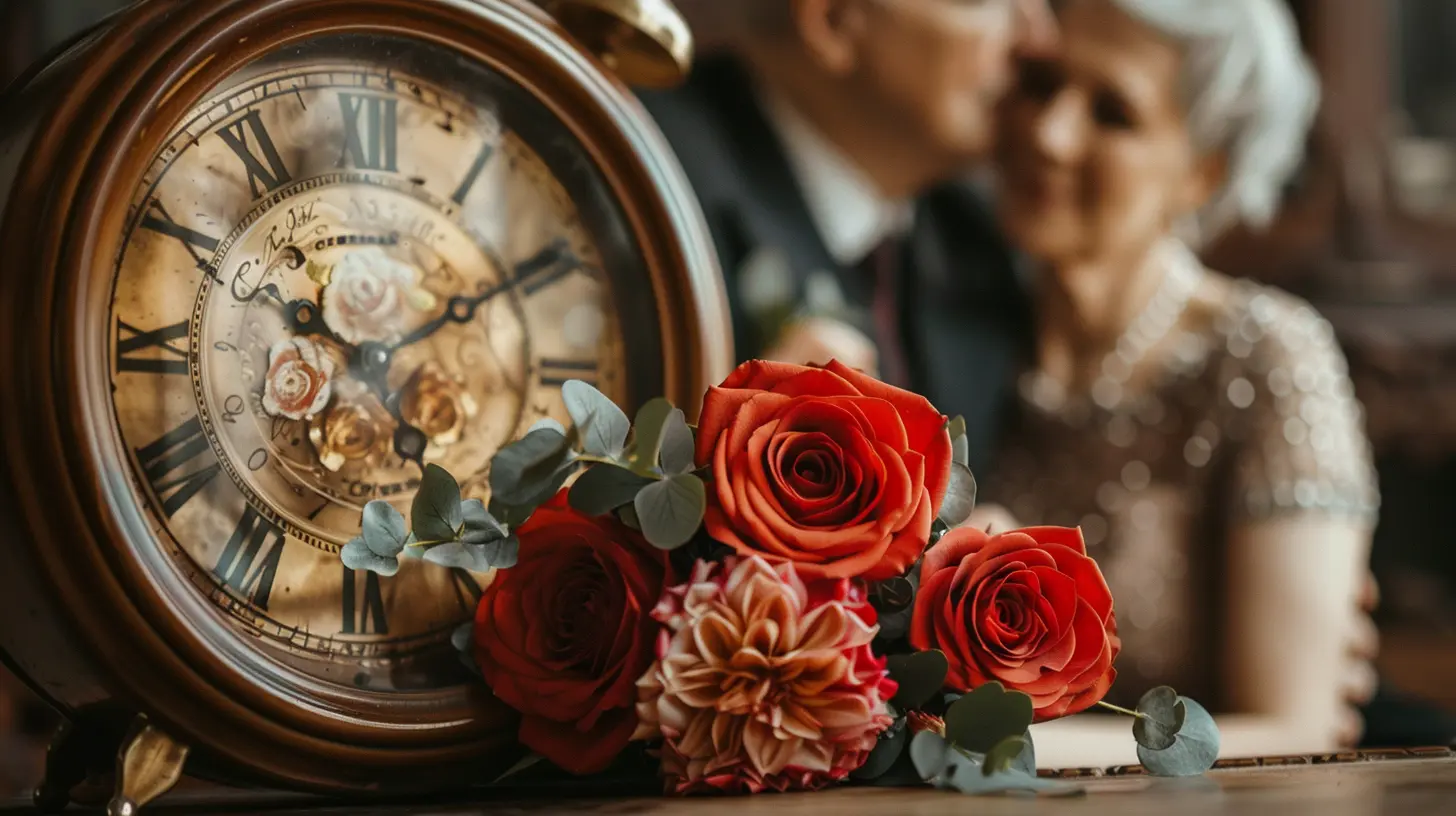How to Leave Heirlooms and Sentimental Items in Your Estate Plan
20 June 2025
Let’s be honest—estate planning sounds dull. It feels like something you can push off until retirement or later. But here’s the truth: it’s not just about dollars and cents. It’s about memories, legacies, and the stories we leave behind. That old rocking chair, grandma’s recipe book, your dad’s vintage watch—they hold priceless sentimental value. So how do you make sure those special items end up in the right hands? That’s what we’re diving into.
This isn't your typical estate planning blog. We’re going to get personal, practical, and maybe even a little emotional. Ready? Let’s make sure your cherished family treasures land exactly where they’re meant to be.
Why Sentimental Items Deserve Special Attention
You might be thinking, “It’s just an old teacup set from Aunt Clara.” But for your daughter, it might be her most vivid memory of Sunday teas growing up. Sentimental items like family jewelry, letters, photos, or heirlooms aren’t just things. They’re emotional time machines.Unlike cash or stocks, these items can't be divided or valued easily. That’s where things can get tricky—and messy. Siblings may argue, feelings could get hurt, and your legacy might cause more drama than peace. Planning ahead helps avoid that.
The Emotional Value vs. Financial Value Dilemma
Imagine this: you leave a diamond bracelet to your youngest child and an old war medal to the oldest. On paper, one clearly costs more. But emotionally? That medal might carry a mountain of meaning. Estate planning blurs the lines between financial and sentimental worth, so be prepared to explain or at least document your intentions.A heartfelt note can make a world of difference. Sometimes, the story behind the item is worth more than the item itself.
Step-by-Step: How to Leave Heirlooms and Sentimental Items in Your Estate Plan
So, how do you actually do it? Here’s your step-by-step guide, minus the legal gobbledygook.1. Take Inventory of Sentimental Items
Start with a walk around your home. Look at your shelves, closets, storage bins. Write down or photograph items that hold meaning.Here’s a non-exhaustive list to jog your memory:
- Jewelry
- Family bibles
- Military medals
- Old love letters
- Antique furniture
- Vintage clothing
- Artwork
- Quilts or handmade crafts
- Vinyl records or photo albums
You’d be surprised how many “ordinary” items carry emotional weight.
📌 _Tip: Ask family members what items mean something to THEM—you might be surprised by what they say._
2. Talk to Your Family… While You’re Still Here
Okay, this part is awkward. Nobody wants to sit their kids down and say, “So here’s who gets grandpa’s fishing pole.” But trust me, these conversations prevent future resentment.Being upfront allows you to:
- Learn what items your loved ones actually care about
- Resolve any overlapping interests
- Share the backstory of each item
Sometimes, these chats turn into beautiful bonding moments. You might even inspire kids to start writing down their own stories.
3. Decide Who Gets What
Now that you’ve taken inventory and talked it out, start assigning items. Be specific. “All my jewelry goes to my children” is vague. But “My engagement ring goes to my daughter Lily, my birthstone pendant goes to my niece Emily” leaves no room for confusion.This is where you can be creative and even sentimental. Want to pass your record collection to your musically gifted grandson? Perfect. Want to leave your recipe box to the grandkid who makes your famous chili? Even better.
Pro tip: Make a spreadsheet. Trust me, your future self (and your executor) will thank you.
4. Add a Personal Letter or Story
Here’s where you make it truly meaningful. Attach a letter or note with each heirloom that explains its significance. Doesn’t have to be lengthy—just heartfelt.Picture this: Your granddaughter opens your treasured locket and finds a note inside saying, “I wore this on my wedding day in 1967. Every time I wear it, I think of your grandfather.” Talk about a tearjerker.
These letters turn a thing into a treasure. It’s like passing along a slice of your soul.
5. Include Specific Instructions in Your Will or Trust
Now let’s bring in the legal tools. While it’s nice to have notes and spreadsheets, it’s essential to include your wishes in your will or trust, especially for high-value or highly sentimental items.You can:
- Create a personal property memorandum (a separate document listing items and who should receive them)
- Reference this memo in your will to make it legally binding (laws vary by state, so check with a lawyer)
- Update it over time without rewriting the entire will
Don’t forget to talk to your estate attorney to ensure it all holds up legally. You want your wishes honored, not debated in probate.
6. Consider a Video Recording
No lie—this might feel weird. But recording a video where you explain who gets what and why can be incredibly powerful. It shows your personality, tone, and body language, which a typed letter just can’t capture.Plus, it’s hard for family members to argue with a video where you say straight-up: “I’m giving my dad’s guitar to Jamie because she’s the only one who learned how to play Stairway to Heaven.”
Boom. Settled.
7. Keep It Updated
Life changes. People move, relationships evolve, family members pass away or new ones join the crew. Revisit your estate plan every few years—or after major life events—to make sure everything still makes sense.You don’t want your grandmother’s brooch going to someone who doesn’t even remember her. Keep it relevant and keep it loving.
8. Use a Digital Legacy Tool
We live in a digital world, so why not make your legacy digital too? There are tools and platforms now that allow you to store letters, videos, passwords, and even heirloom instructions in a safe, shareable space.Some tools let you attach specific digital messages to loved ones, to be delivered after you pass. It’s like a modern-day time capsule.
What Not to Do
Let’s cover a few big no-no’s so you can avoid any estate planning face-palm moments.- 🚫 Don’t assume people will “figure it out.” Spoiler: They won’t. Without clear guidance, people argue.
- 🚫 Don’t hide things in secret spots “for safe keeping” with no paper trail.
- 🚫 Don’t delay. Life’s unpredictable. Planning now gives you peace of mind.
How to Handle Conflicts Before They Happen
Even with the best of intentions, feelings can get messy when personal items are on the line. Here’s what helps:- Be transparent early
- Write everything down
- Emphasize fairness, not equality
- Use stories to highlight emotional value
- Appoint a trusted executor to follow through
If you're worried about jealousy or tension, explain your choices with kindness. Trust me, a little clarity now avoids a lot of chaos later.
Honor Tradition While Embracing the Present
Passing on heirlooms isn’t just about stuff—it’s about storytelling. But times are changing. Not everyone wants an armoire or silver tea set. Some may value digital photo albums or handwritten recipes more than antiques.So balance tradition with today’s lifestyle. Ask your heirs how they’d like to preserve your memory. Maybe someone wants to frame your favorite quotes. Maybe another wants to digitize your journals.
Legacy looks different in every generation. Make space for what matters to them—not just what mattered to you.
Wrapping It Up: Your Legacy Is More Than a List
When all is said and done, your estate plan is much more than legal documents and asset lists. It’s a love letter to your family. It’s your last gift. So take the time to speak from the heart.Leave behind more than just valuables. Leave behind values, stories, and memories that your loved ones can carry with them long after you’re gone.
Whether it’s grandma’s rosary, your favorite fishing rod, or a simple hand-written note, what you leave behind can shape family stories for generations. So don’t wait. Get started today.
all images in this post were generated using AI tools
Category:
Estate PlanningAuthor:

Audrey Bellamy
Discussion
rate this article
2 comments
Foster McBride
Craft a legacy that lasts!
November 9, 2025 at 4:14 AM

Audrey Bellamy
Absolutely! Thoughtfully choosing heirlooms can create lasting memories and connections for future generations.
Tyler Fields
Great article! Planning for heirlooms and sentimental items can feel overwhelming, but it’s a wonderful way to preserve memories. Remember, it’s the thought that counts—your loved ones will cherish your efforts!
June 20, 2025 at 2:16 AM

Audrey Bellamy
Thank you for your kind words! I'm glad you found the article helpful. Preserving memories truly matters!


